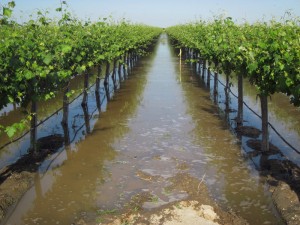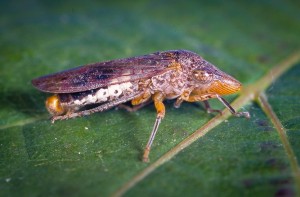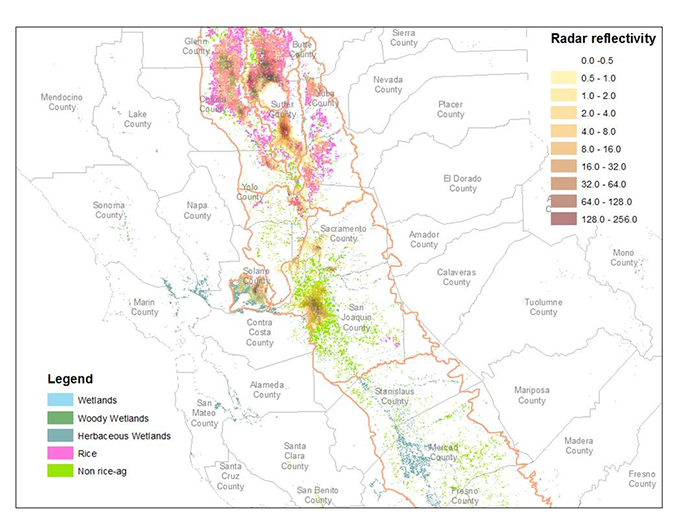The Planting Seeds blog is featuring stories this month relating to animal health issues and the activities of CDFA’s Division of Animal Health and Food Safety Services.
The Egg Safety and Quality Management Program at CDFA regulates shell eggs and egg products produced, shipped, or sold in California. The mission of the program is to ensure that eggs sold in California are of known quality, origin, grade, and size; have been properly handled, labeled, transported, refrigerated; and are wholesome and safe to eat.
The program also enforces regulatory standards for preventing salmonella enteriditis in eggs, and for providing a minimum floor space standard for egg-laying hens.
Anyone engaged in the production, sale, or handling of shell eggs or egg products in California must register with the program. CDFA personnel inspect shell eggs and egg products at production, packing, distribution, and retail facilities.
SOME OF THE REQUIREMENTS FOR EGG HANDLERS ARE:
- LABELING: Consumer-grade packages or containers of eggs must state all of the following: name, address, zip code, quantity, the words “keep refrigerated,” and either the USDA plant of origin code number, the USDA Shell Egg Surveillance number, (if applicable) or California state handler code, sell-by date, *CA SEFS Compliant, *size, *grade, Julian date of pack (the consecutive day of the year that the eggs were packed, in Julian date format. Example – The Julian date for January 1 is 001, the Julian date for December 31 is 365).*Must be printed in font ź inch or larger
- QUALITY: All shell eggs shall be graded and sized. The established grades of eggs are: AA, A, and B. The established sizes of eggs are: pee-wee, small, medium, large, extra large, and jumbo.
- REFRIGERATION: Shell eggs must be maintained at a temperature of 45° Fahrenheit or less.
- DEFECTS: Shell eggs for human consumption must not exceed the tolerances for defects such as checks, leakers, dirty eggs, inedible or loss eggs.
QUESTIONS & ANSWERS
- Q: How is the Program funded?
- A: The program is funded by assessments collected from registered egg handlers. The current assessment fee is .125 (twelve and a half cents) per 30-dozen case of eggs sold.
- Q: Do out-of-state companies that ship eggs into California have to register with CDFA?
- A: Yes. Anyone who sells eggs by any means in California must register and pay the assessment fee.
- Q: What happens to eggs that do not pass state inspection?
- A: Eggs that do not pass inspection are held OFF-SALE by the State or County Enforcement Officer, and they are not released for sale until they are brought into compliance by the responsible party and reinspected and released by an authorized state or county official. Eggs that cannot be brought into compliance are destroyed or sold to breaking plants under certain conditions. Breaking plants receive shell eggs for processing into liquid egg product.
- Q: Where are eggs inspected?
- A: Eggs are inspected at production plants, wholesale warehouses, retail facilities and farmer’s markets.
- Q: What factors determine the “grade” and size of an egg?
- A: The grade of a shell egg is determined by the size of the internal air-cell. As an egg ages, the liquid contents evaporate through its pores. The larger the air-cell is, the lower the grade of the egg. The outside appearance also factors into the grade of an egg. Eggs with moderate staining (but not adhering dirt) can be sold as grade “B.” All other grades require a clean, unblemished shell appearance. Dirty eggs cannot be sold to consumers. The size of an egg is determined by its weight, in grams. A small egg must weight 40.16 grams or more, a jumbo egg must weigh 68.51 grams or more.
- Q: Can Non-SEFS breaking stock be brought into the state for breaking, provided that it is clearly marked as breaking stock and not be used for shell egg purposes?
- A: Yes. There does need to be a process in place that identifies the lot as “breaking product.” Shipping manifests, storage records, sales records, etc., will be inspected/audited to assure that the “breaking product” was indeed used for that purpose.










